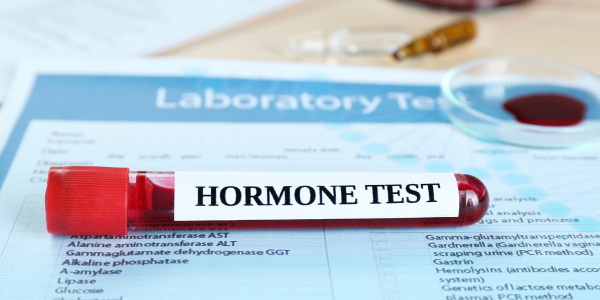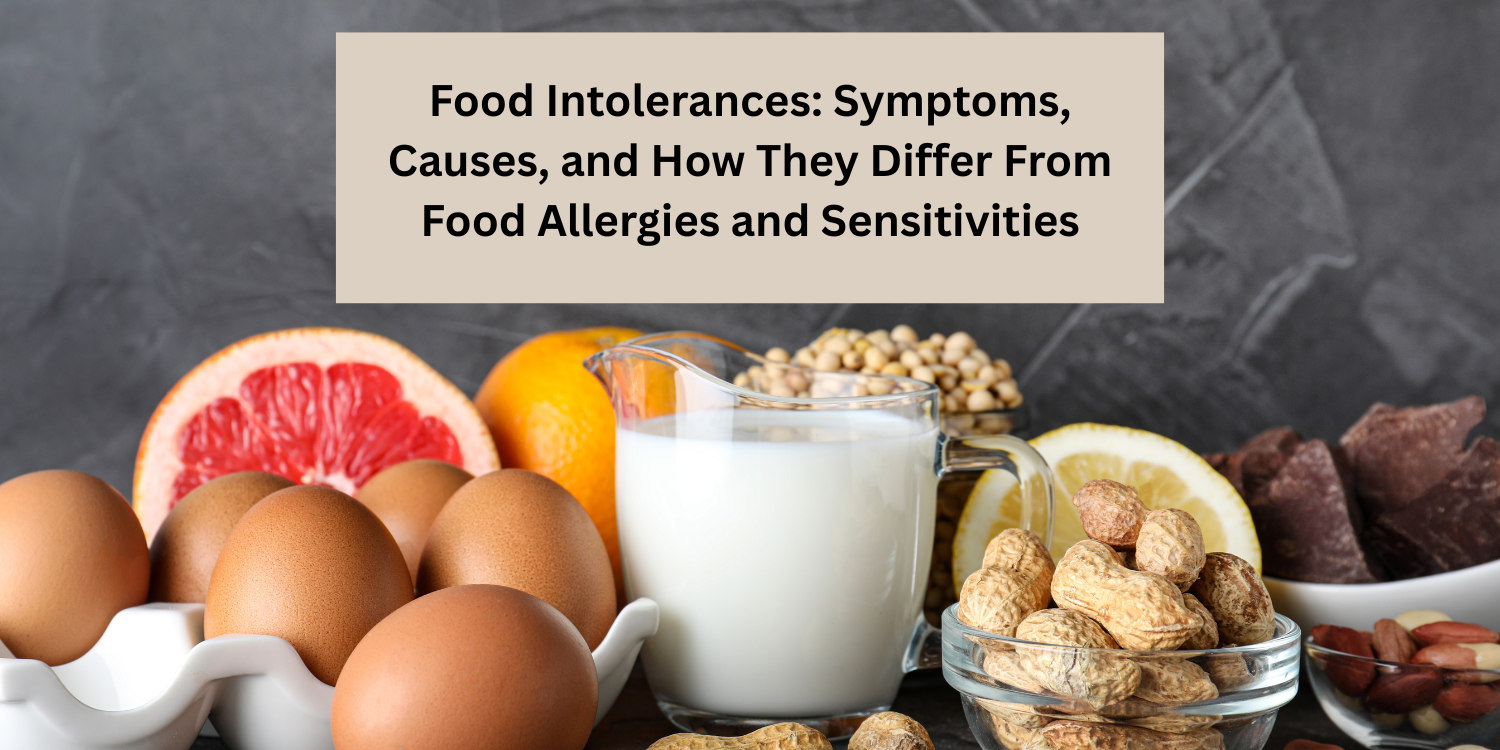

Are you one of the millions of those affected by chronic fatigue? You might feel like your brain is foggy – not being able to remember or focus on things as clearly as you used to. You fill up on caffeine throughout the day hoping to kick the weariness, but nothing seems to help.
Or are you in constant debilitating pain – unexplained muscle cramps, numbness or tingling have become your norm.
Perhaps, you’ve been sent on a wild goose chase, hopping from doctor to doctor trying to figure out the cause of all these seemingly unrelated symptoms. To no avail, these doctors misdiagnose you or even blame it on psychological problems because your diagnostic tests are deemed “normal.”
I’ve seen this unfortunate situation far too many times. It might surprise you, but the cause of all your chronic symptoms might be the air you breathe!
Toxic Mold Releases Harmful Biotoxins
People develop chronic inflammatory response syndrome (CIRS) when they are exposed to biotoxins or neurotoxins from their environment. Exposure to these sources can cause acute illness in patients. It becomes a chronic illness when their body isn’t able to properly dispose of these toxins.
Harmful biotoxins causing chronic inflammatory response syndrome can be found in the following:
- Mold in water damaged buildings (mycotoxins)
- Tick-borne illnesses including Lyme disease
- Recluse spiders bites
- Contaminated reef caught fish (ciguatera)
- Contaminated drinking or swimming water (cyanobacteria, pfiesteria)
However, mold in water damaged buildings are the most common harmful biotoxins found in our day to day environment. We are essentially sleeping with the disease and we may not even realize it – earning the name “the invisible disease.”
Water damaged buildings are known to house a multitude of dangerous fungi, mycobacteria, actinomycetes – releasing harmful biotoxins in the air. Mold thrives in damp, warm, and humid environments. It takes just 24-48 hours for mold to start growing in these environments, leaving no room for procrastination when you detect a possible mold infestation.
Prime locations for mold manifestations include, but not limited to, the following:
- Showers
- Dark basements
- Bathrooms and kitchens (leaky sinks)
- Condensation near windows
- Washing machines
- Drywall
- Attics
Toxic mold illness is commonly misdiagnosed by doctors because it is a multi-system, multi symptom syndrome, which may mimic other diseases or look like numerous conditions. There is no definitive diagnostic tool for toxic mold illness, often leaving doctors and patients confused.
Mold illness is commonly misdiagnosed as:
- Fibromyalgia
- Allergies
- Lyme Disease
- Chronic Fatigue Syndrome
- Multiple Sclerosis
- Depression, Stress, Post Traumatic Stress Disorder
- Irritable Bowel Syndrome
- Attention Deficit Disorder
- Somatization
How is Mold Affecting You on a Cellular Level?
The mycotoxins mold releases are proven to promote mitochondrial dysfunction in our cells. Our mitochondria are the powerhouse of our cells— most importantly they are where we get our energy from. The healthy function of your mitochondria is necessary in every system of your body, including:
- Central nervous system
- Heart
- Peripheral nerves
- Muscles
- Liver
- Ears
- Eyes
- Pancreas
- Digestive system
- Endocrine system
When your mitochondria aren’t functioning optimally, your body starts to shut down “non-essential” processes first. Some of the first signs of mold illness are inability to regulate mood, fatigue, and brain fog.
The Mitochondrial Disease Foundation lists several health problems associated with mitochondrial deficiencies:
- Autoimmune disorders
- Chronic fatigue
- Neurodegenerative disorder
- Depression
- Psychiatric disorders
This is why mold illness symptoms tend to affect the whole body.
Toxic Mold Illness Symptoms
Each person with mold illness has such a unique set of symptoms, making it hard to pinpoint the root cause. Genetic predisposition, mold species, mycotoxin type, and level of exposure of biotoxins all determine how a person’s mold illness symptoms present.
For example, a family could be living in a water damaged house and yet each person experiences a different reaction. Some show no symptoms of the exposure, leading a seemingly healthy life. As for others, their illness could be characterized by a number of debilitating symptoms which include:
- Chronic fatigue and weakness
- Aches, morning stiffness, joint pain
- Muscle cramps
- Metallic taste
- Headache
- Light sensitivity, blurred vision
- Diarrhea, vomiting
- Poor memory, confusion, difficulty concentrating
- Numbness, tingling, tremors
- Appetite swings
- Mood swings
- Temperature regulation
- Excessive thirst, increased urination
- Static shock
Toxic Mold Testing
Studies show that 30-50% of all buildings have damp conditions, ready to harbor biological pollutants in your home or office space. This statistic may be alarming, but the following tests can help you identify if you are exposed to harmful levels of mold, the mold location, and mold species:
- Environmental Relative Moldiness Index (ERMI) Test – Through dust samples this test helps determine if there is mold present in the environment. If mold is detected in the environment, then this test will also provide you the mold species.
- Visual Contrast Sensitivity Test – Determines a patient’s ability or inability to distinguish between similar shades of black and gray. If you are unable to distinguish the differences it can be a sign of neuroinflammation caused by mycotoxins.
- Lab Tests – Blood tests can inform doctors of imbalances in our body. Dr. Shoemaker proves abnormalities in these results can detect harmful biotoxin exposure.
Toxic Mold Illness Treatment
Conventional doctors tend to treat just the symptoms. Without removing yourself from the environment, your illness and symptoms won’t get better. The first step – and in some cases the only step – needed in successful mold illness treatment is removal of exposure.
Cholestyramine or Welchol, or a combination of these two medications can be used to help remove biotoxins from the body. These medications bind to cholesterol, bile salts, and biotoxins in the small intestine and excrete them harmlessly through stool.
Activated charcoal and bentonite clay are natural binding agents helping you detox your body from harmful toxins.
Dr. Shoemaker’s studies suggest following the Biotoxin Pathway for treatment of mold illness. Every patient’s journey to eradication of biotoxins is different and the Biotoxin Pathway tailors treatment to each individual.
We are finally starting to uncover the veil of so many people’s suffering. Bringing awareness and education to this environmentally acquired illness can finally be relief for so many of our patients.
Resources:
https://www.survivingmold.com/docs/MI LANI_CIRS_TREATMENT_STEPS.PDF
https://www.ncbi.nlm.nih.gov/pmc/articles/PMC3705282/
http://www.survivingmold.com/mold-symptoms
https://www.truthaboutmold.info/statistics
http://www.survivingmold.com/diagnosis/lab-tests
http://www.survivingmold.com/diagnosis/the-biotoxin-pathway
Share:
Social Media
Most Popular Posts
Subscribe To Our Newsletter
Related Posts

Understanding the Essential Labs for Women on Hormone Replacement Therapy (HRT)
So what are the minimum labs we’re looking at when we do hormone replacement therapy? We obviously want to look at an estrogen level, so

How to figure out the right amount of HRT in women
What about checking lab values when you’re on hormone replacement therapy? I do find it to be helpful, but we also want to consider symptoms.

Did you know there’s a difference between food allergies, sensitivities, and intolerances?
Did you know that there’s a difference between food allergies, food sensitivities and food intolerances? Food allergies, the reactions tend to happen pretty immediately and

Food Intolerances: Symptoms, Causes, and How They Differ From Food Allergies and Sensitivities
Eating a wide variety of whole foods is a key way to ensure a nutrient-rich diet full of vitamins and minerals. But what happens when
